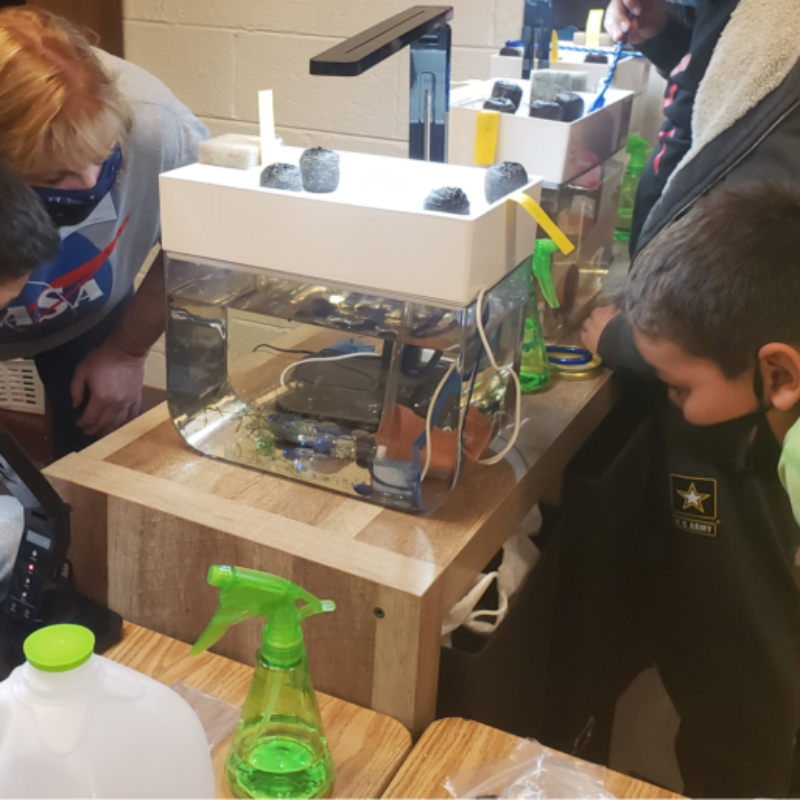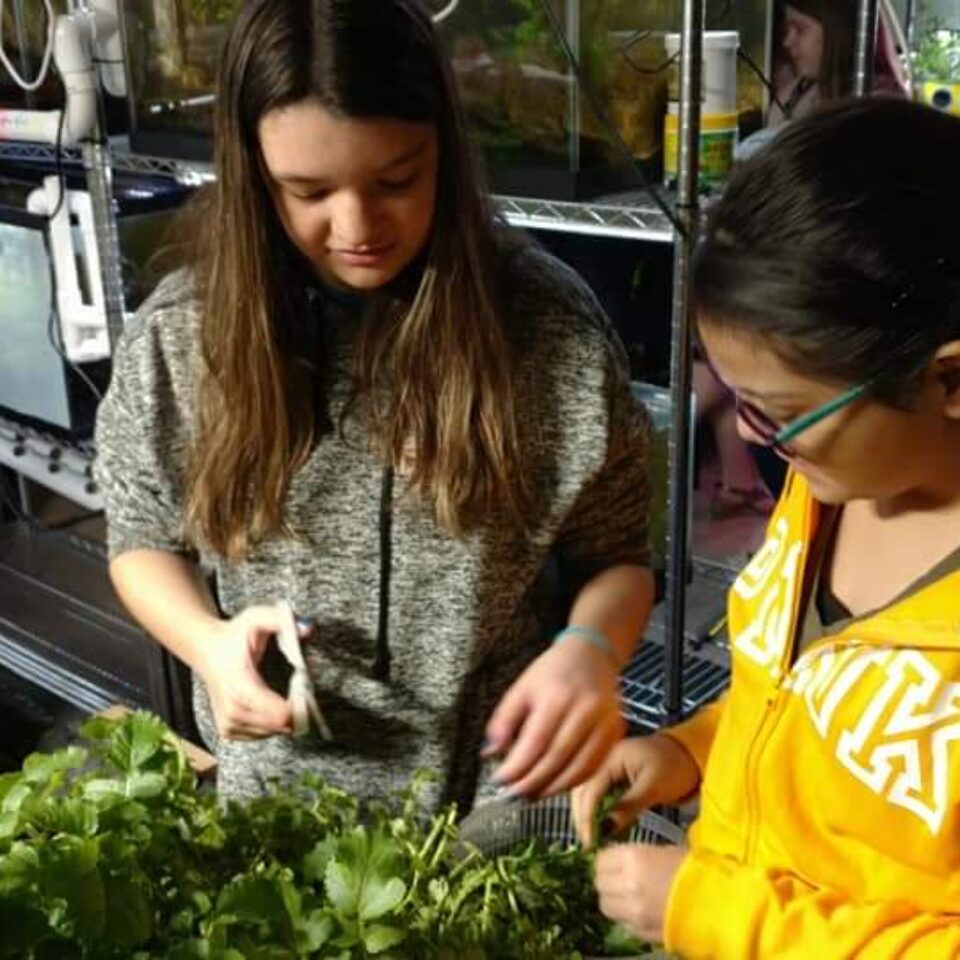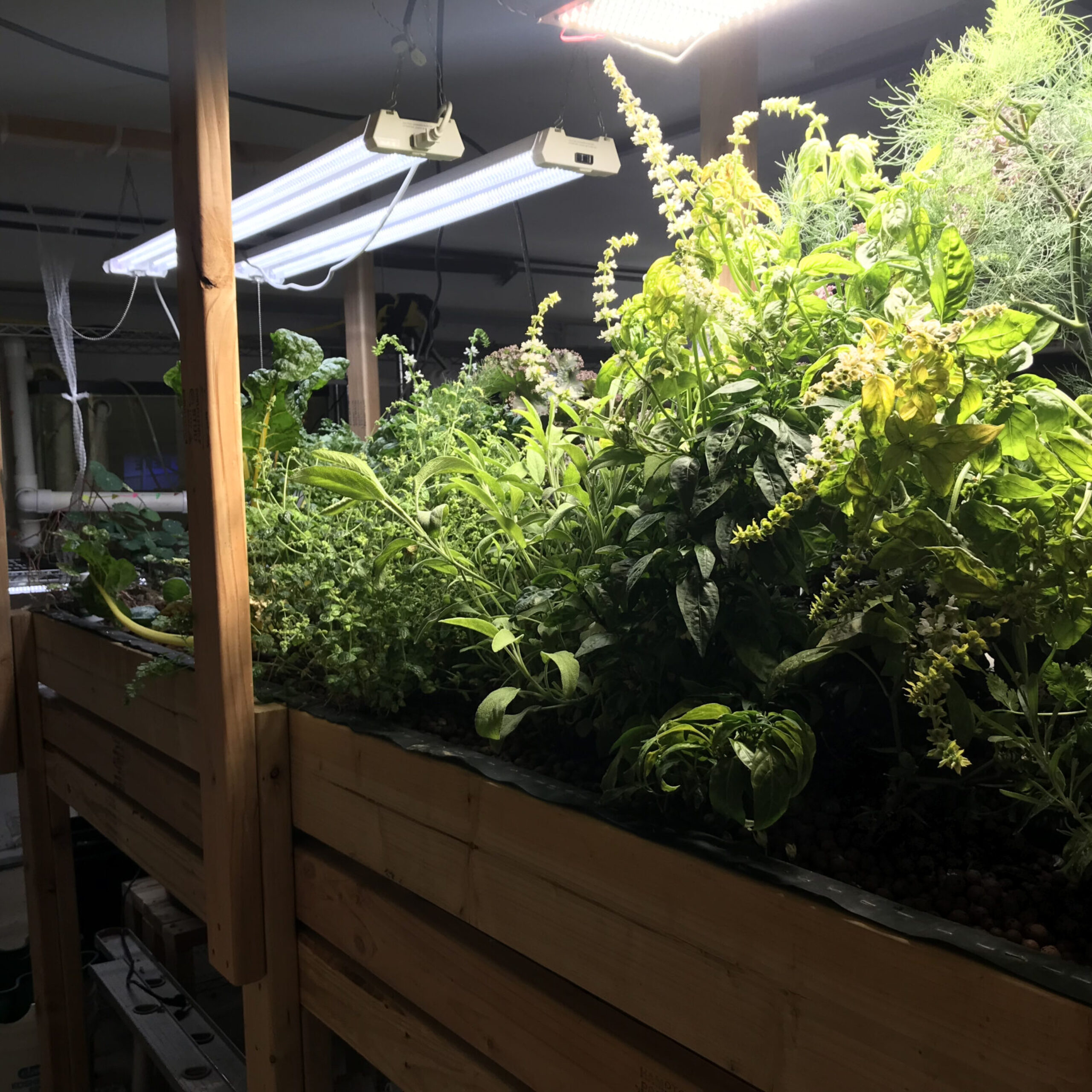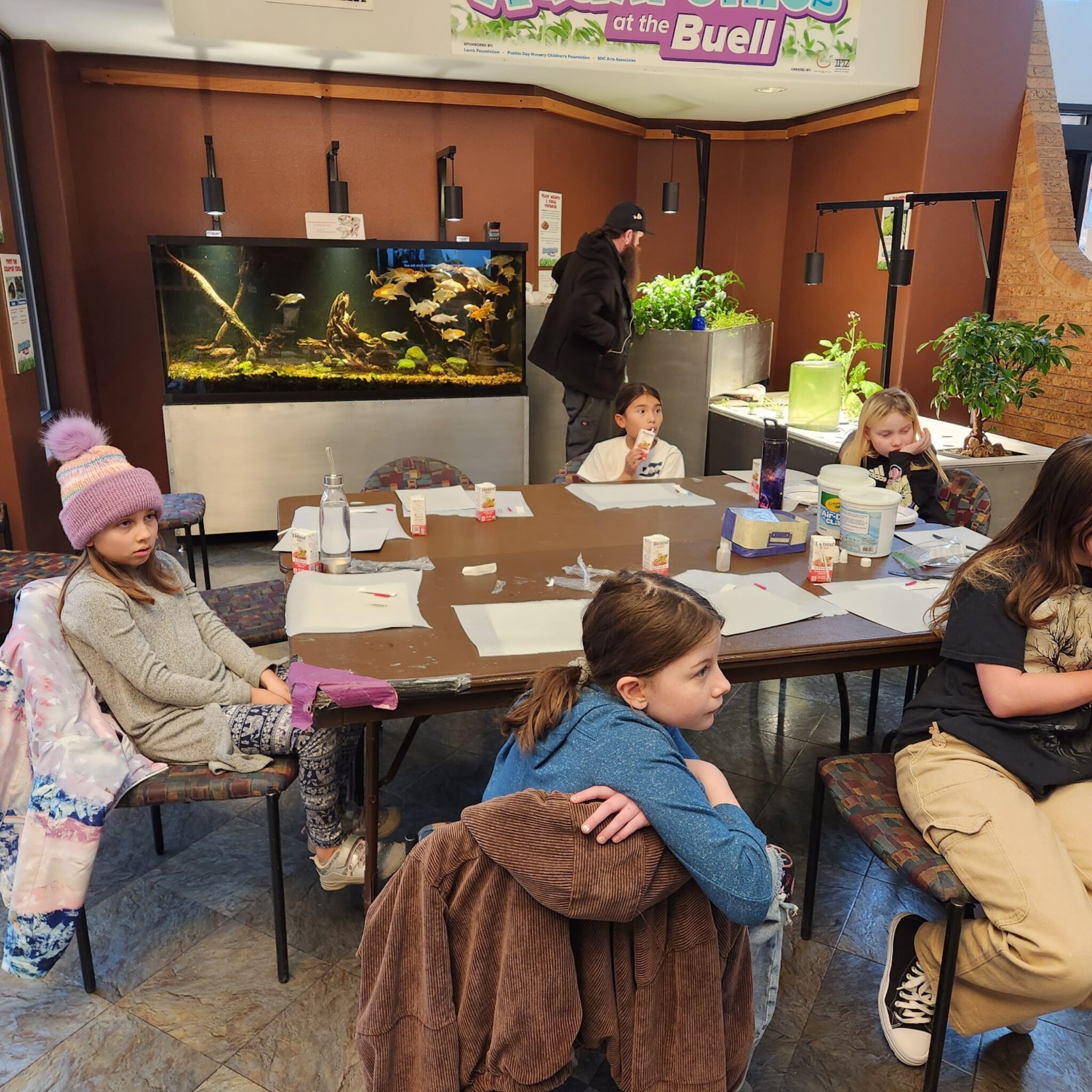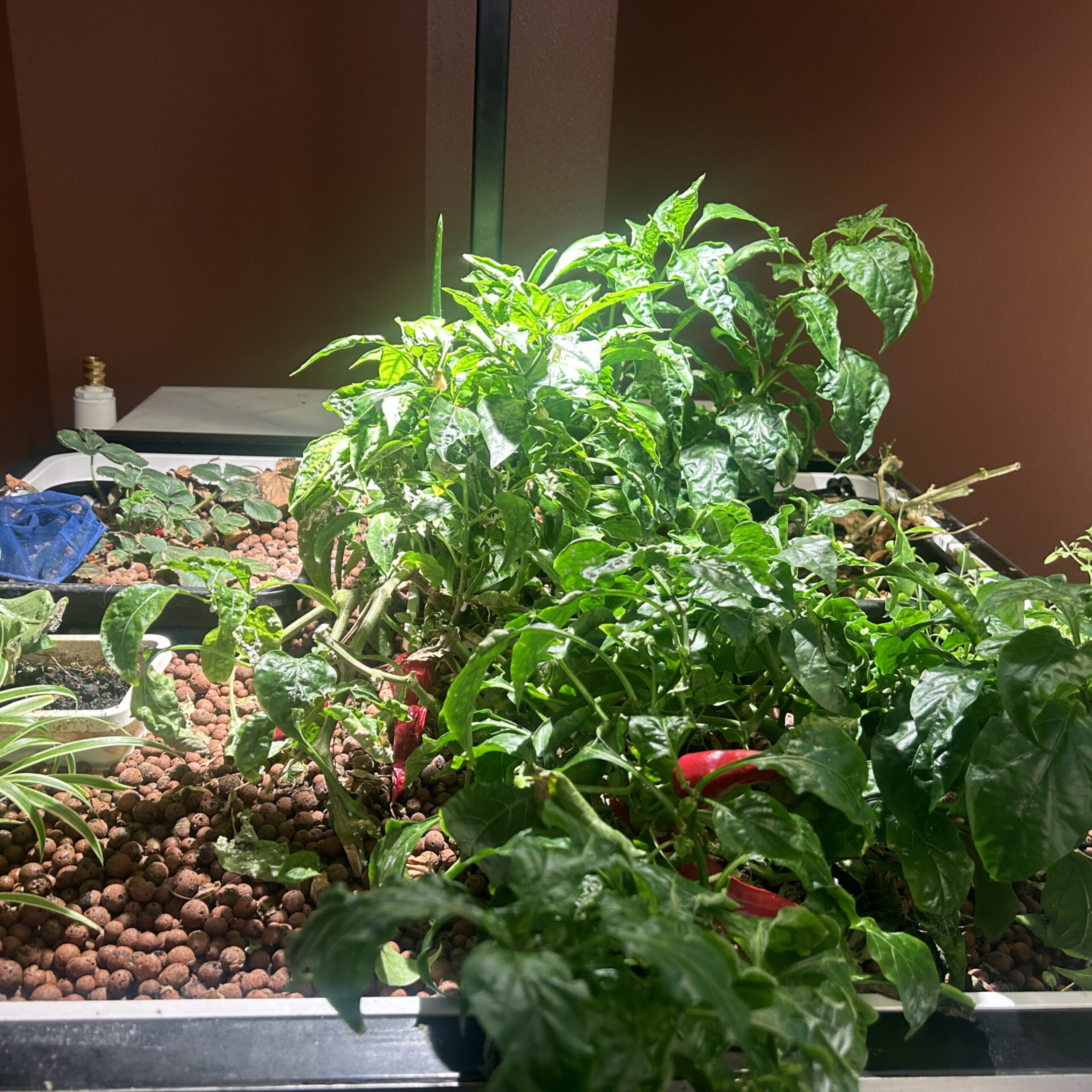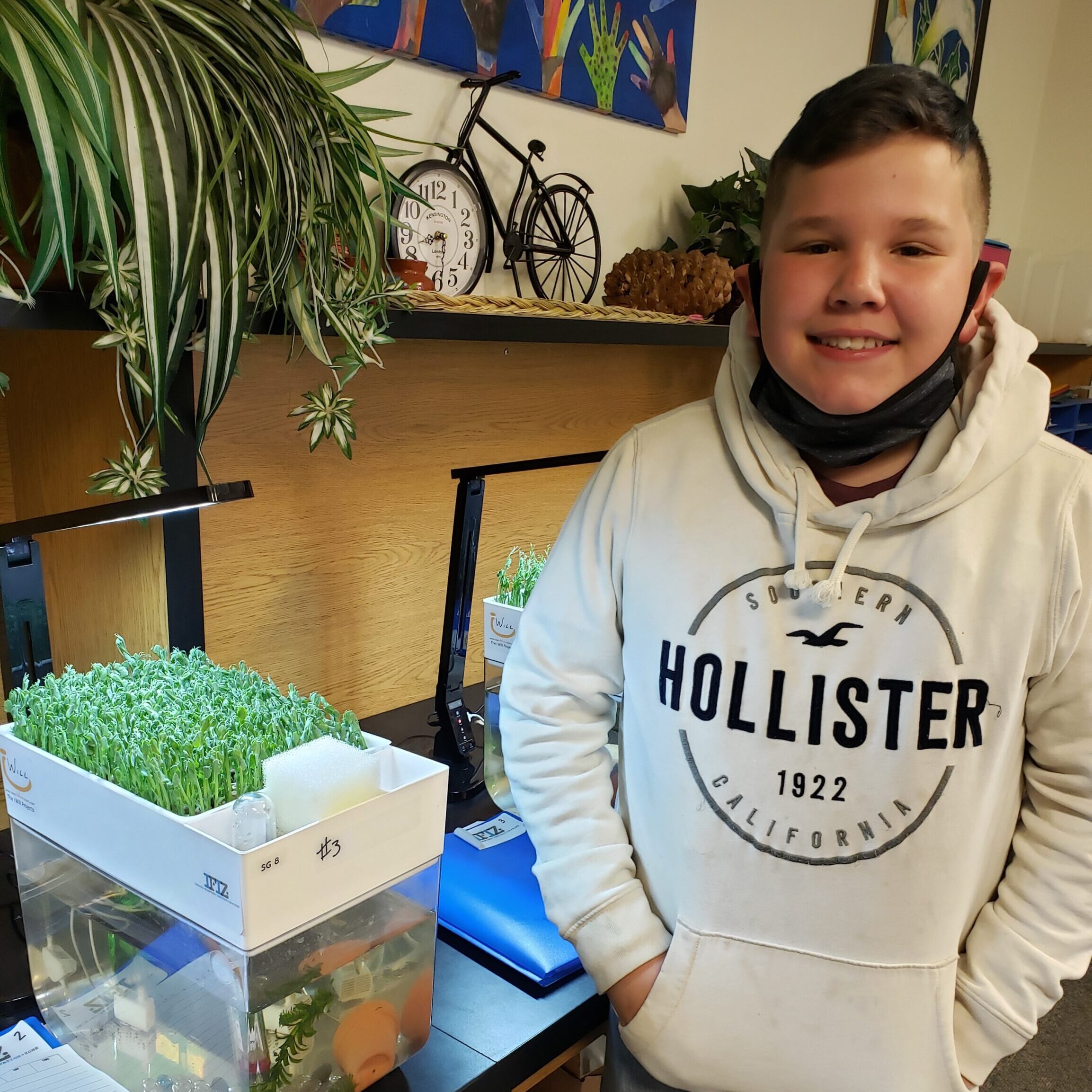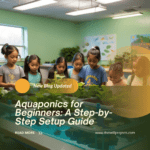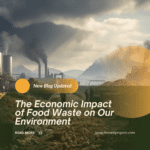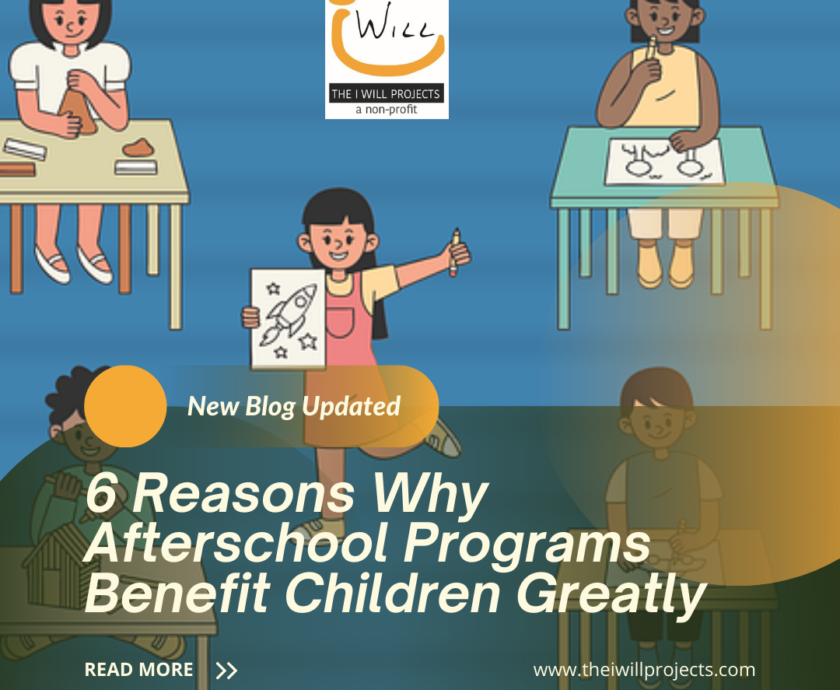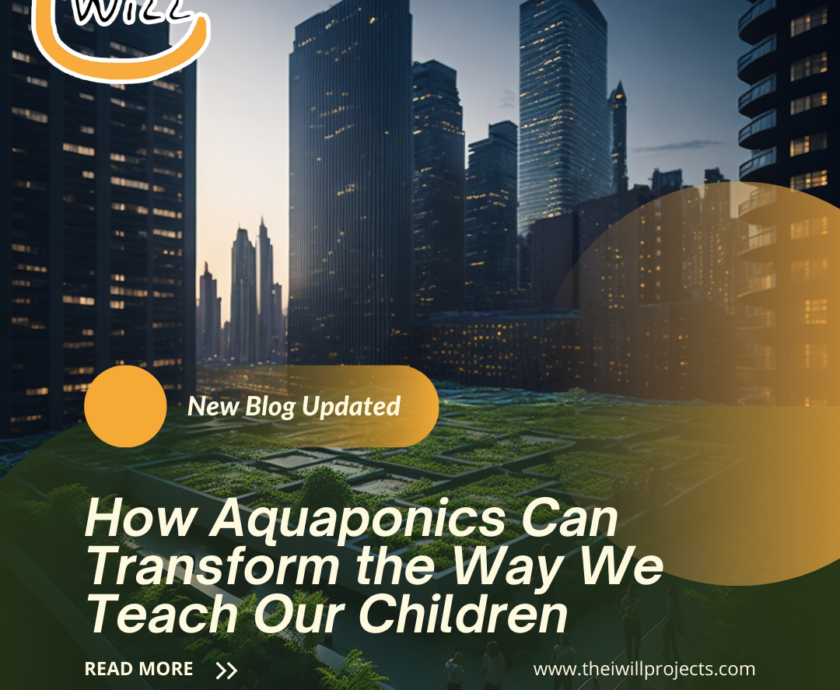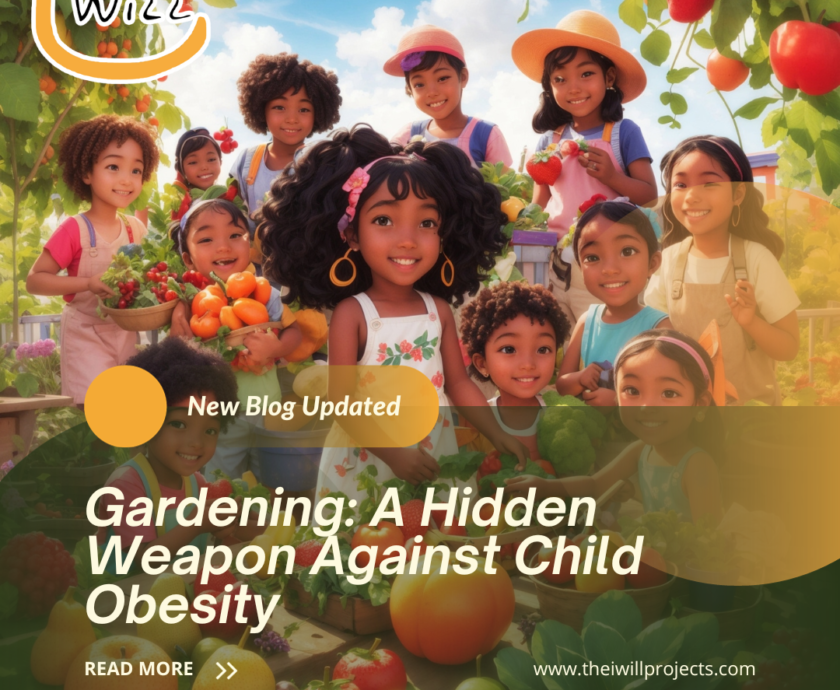“The greatest sign of success for a teacher…is to be able to say, ‘The children are now working as if I did not exist.” – Maria Montessori
TweetTable of contents
- Introduction
- The Roots of the Movement
- The Classroom Without Walls
- Cultivating Minds and Meals
- Nutrition Meets Education
- A Recipe for Environmental Awareness
- Sprouting Sustainability
- Harvesting Hope for the Future
- Edible Education in Action
- Overcoming the Weeds: Challenges
- The Global Garden of Edible Education
- From Soil to School: Implementing the Idea
- Measuring the Growth
- Edible Education: A Community Effort
- Conclusion
- FAQs
Introduction
In our fast-paced world, convenience often trumps quality, distancing us from our food’s origins. Edible education, an innovative approach, seeks to reconnect us with our food, from source to plate. It combines nutrition, sustainability, and life skills with growing, cooking, and sharing food.
A child knowing more candy brands than vegetables shows a gap in education and nutrition. Edible education integrates gardening and cooking into learning, making it as lively as fresh garden produce. It not only teaches healthier choices but immerses students in making informed decisions.
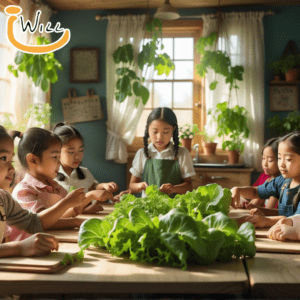
The Roots of the Movement
Edible education isn’t a new idea; it’s as old as civilization itself. Our ancestors learned about the world through their interactions with the land, gaining knowledge that was passed down through generations. This educational model returns to our roots, reconnecting us with our food and its environmental impact. It’s been revitalized by educators and environmentalists, valuing hands-on learning alongside traditional education.
The Classroom Without Walls
Imagine a learning environment where the classroom is not confined by walls but includes gardens, kitchens, and even local farms. This is the vision of garden-based learning. This approach moves students from their seats to the outdoors for hands-on learning. They plant seeds, explore composting science, and discover bees’ role in pollination. These activities make abstract subjects tangible, engaging, and relevant to students’ lives.
Cultivating Minds and Meals
One of the core principles of edible education is the integration of academic learning with practical life skills. Students learn plant biology, garden ecology, and food growth skills. They prepare healthy meals, understanding their nutritional content. This promotes a holistic health view, highlighting fresh, whole foods for a balanced diet. By cultivating their meals, students also cultivate a sense of responsibility, stewardship, and connection to the earth.
Nutrition Meets Education
Rising processed meals and obesity challenge us. Edible gardens and kitchen classrooms in schools introduce a fresh nutrition perspective. This method incorporates food growth and cooking into learning, providing practical nutrition lessons. Students learn about food’s effects on health and the environment, beyond just vitamins and minerals. They understand diet diversity and food’s broader impacts. This education helps them make informed food choices, fostering a healthier relationship with food.
A Recipe for Environmental Awareness
Garden-based learning is a key educational tool for the environment. It educates students on sustainable farming, local food importance, and the environmental effects of food processes. Students engage in activities that highlight composting, organic farming, and saving water benefits. This fosters environmental responsibility and encourages sustainable community practices.
This educational method combines garden, kitchen, and classroom lessons. It develops knowledgeable, empathetic young minds, prepared to tackle future challenges. It enriches the body, mind, and spirit, showing that meals and plants carry learning and growth opportunities.
Sprouting Sustainability
Sustainability isn’t just a buzzword in the realm of garden-based learning; it’s a critical lesson plan. This segment of the curriculum teaches students the value of sustainable living practices through the lifecycle of food.
Students explore eco-friendly farming, focusing on seed choice, soil, water, and pest control, reducing environmental impact. They gain practical experience in sustainable agriculture, understanding ecosystem balance and their preservation role. This approach instills a sustainability mindset, urging students to consider global impacts and act locally.
Harvesting Hope for the Future
Garden classrooms do more than cultivate crops; they nurture optimism. Educating youth on healthy eating, food origins, and diet’s environmental impact is critical amidst climate change and rising food insecurity. Garden teachers play a key role, instilling optimism and skills for positive change. This approach initiates school recycling, establishes community gardens for food shortages, and advocates for sustainable farming policies. The benefits of garden-based learning are vast, driving significant positive changes.
Edible Education in Action
Food curriculums in schools promote sustainability and conscious living. Success stories globally highlight their impact. Urban schools turn rooftops into green spaces, teaching urban agriculture and the value of city green zones. Rural schools partner with local farmers, letting students experience farming firsthand. This method enhances their bond with the earth and community, incorporating crop cultivation into education. Through practical experiences, students see their studies’ real-world applications, fostering accountability and self-efficacy.
Overcoming the Weeds: Challenges
Like any garden, garden-based learning faces its share of weeds. Challenges such as funding, space limitations, and curriculum integration can hinder program implementation. However, innovative solutions and community partnerships are proving that these obstacles can be overcome. Grants, donations, and volunteer efforts supply essential resources. Creative space use, from container gardens to indoor aquaponics, enables garden programs in small schools. Integrating these programs with curriculum standards ensures they complement, not compete with, academic requirements.
The Global Garden of Edible Education
Edible education is a global movement, transcending geographic boundaries. Schools from the United States to Kenya are teaching about health, sustainability, and community through it. Countries add their unique culture and environment, enriching the global edible education tapestry. This global effort shows the universal importance of connecting with food and the environment. It highlights edible education’s potential to enhance global understanding and cooperation.
From Soil to School: Implementing the Idea
Implementing garden-based learning requires a holistic approach that involves students, teachers, parents, and the wider community. It starts with a vision and commitment to integrating food and environmental education into the school’s ethos. Training for teachers and administrative support lay the groundwork for success. Engaging with agricultural experts and organizations enriches the program. Collaborative curriculum development across disciplines enhances the educational experience.
Measuring the Growth
Assessing the impact of garden-based learning is vital to its growth and development. Metrics such as student engagement, academic performance, nutritional knowledge, and environmental awareness can help quantify its benefits. Qualitative assessments, like student, teacher, and community feedback, reveal program impacts on attitudes, behaviors, and engagement. Continuous evaluation keeps garden learning responsive, adapting to student and environmental needs.
Edible Education: A Community Effort
The success of edible education hinges on community involvement. Partnerships with local farms, businesses, and environmental organizations can provide resources, expertise, and support. Community volunteers can offer hands-on assistance in gardens and classrooms, bridging the gap between schools and the wider community. Collaborations enrich learning, offering diverse perspectives on food’s societal role and community’s significance in addressing current challenges.
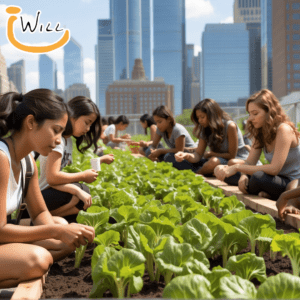
Conclusion
Edible education, beyond food production, enhances intellect, well-being, and community unity. It integrates garden plots, cooking areas, and nature into education, engaging present and future generations effectively. Garden-based learning exemplifies direct educational involvement, emphasizing the urgent need to reconnect with the environment. Cultivating gardens and cooking balanced meals instill wisdom, sustainability, and hope. This nurtures enduring knowledge and planetary health in learners, educators, and communities.
FAQs
What is edible education?
Garden-based learning integrates growing, preparing, and sharing food into curriculum. It teaches various subjects like science, math, history, and health in hands-on, experiential ways.
Why is edible education important?
It promotes food system understanding, encourages healthy eating, fosters environmental stewardship, and enhances academic learning with real-world experiences.
How can schools implement this model?
Schools can begin with gardens, food lessons in curriculum, and partnerships with local farms and environmental groups. Community involvement and support from educators and administrators are crucial.
What advantages do students gain from learning through gardening and cooking?
Benefits: Improved nutrition understanding, increased learning engagement, better environmental grasp, and life skill development in teamwork, responsibility, and problem-solving.
Can garden-based learning programs be implemented in urban schools that have restricted space?
Garden-based learning adapts to different settings via container gardens, rooftops, hydroponics, and nearby community gardens. Schools in diverse locations, including those with limited outdoor space, can embrace this hands-on teaching method.
The I Will Projects, a 501c3 Non-Profit, promotes diverse solutions for global challenges. Our IFIZ education programs, emphasizing aquaponics, and insect farming, empower communities through knowledge, collaboration, and sustainable innovation. Learn more here.
References:
https://lasemillafoodcenter.org/edible-education/
https://www.edibleschoolyardnyc.org/wp-content/uploads/2022/02/ESYNYC-LITERATURE-REVIEW.pdf
https://foodsafetynews.com/2010/10/edible-schoolyard/



